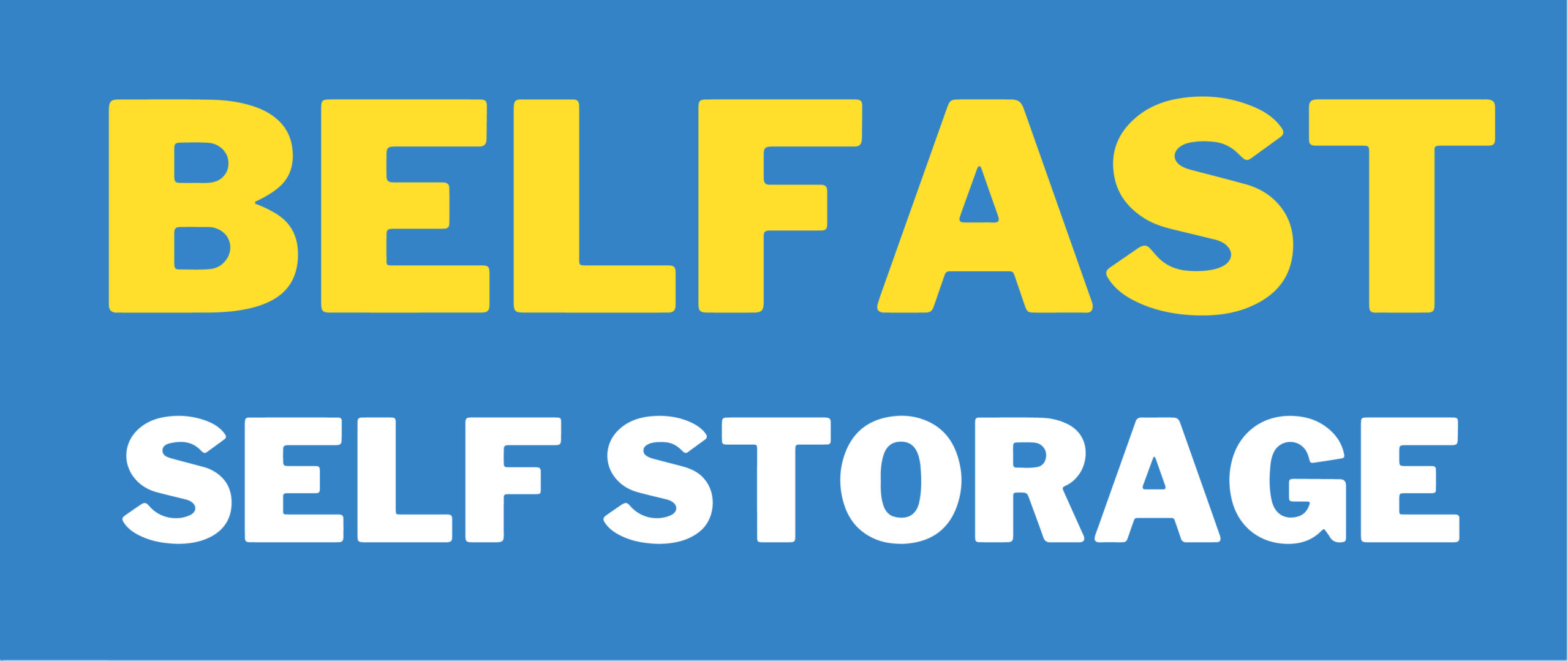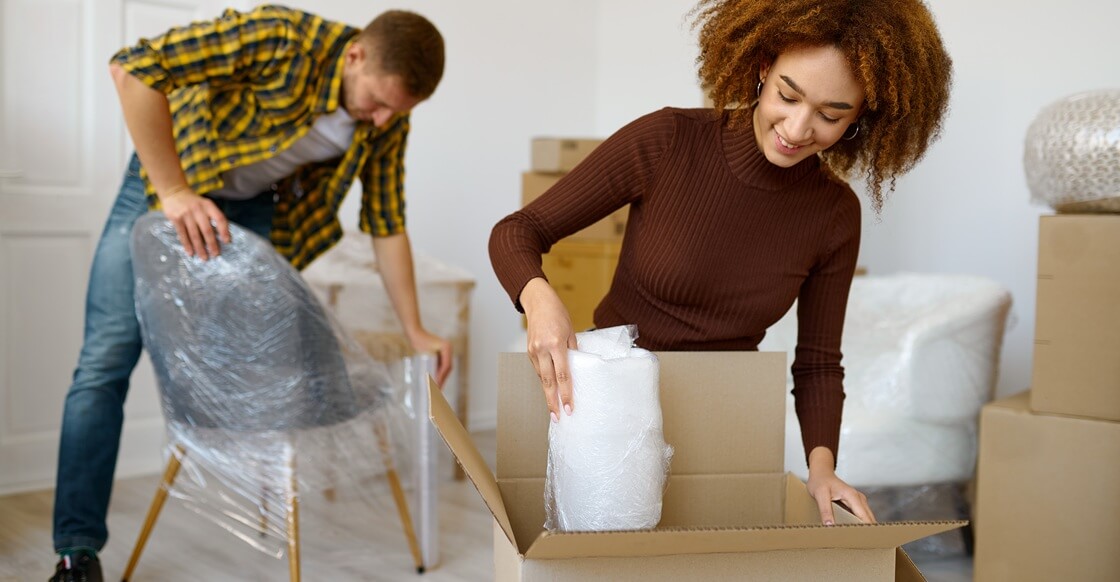When you’re storing important belongings — whether it’s heirloom furniture, old photographs, or high-value electronics — the last thing you want is to return months later and find them damaged. Long-term storage isn’t just about finding a unit and filling it up. It’s about making smart choices at each stage to make sure everything stays protected, organised, and intact.
Whether you’re relocating, downsizing, or simply freeing up space at home, these practical tips will help you prepare your valuables and furniture for long-term storage and avoid damage that can cost you more down the line.
Choosing the Right Storage Unit: It Starts Here
Before you even pack a box, think about the kind of storage space you’re choosing. Not all units are equal — and the decision you make here sets the tone for everything that follows.
Size Matters More Than You Think
A unit that’s too small can end up overfilled, which increases the risk of breakage, warping, or crushing. Items stacked too tightly against each other can become scratched or lose their shape.
Estimate the volume of your belongings accurately — and then give yourself a little extra room. This allows for safer stacking, airflow, and the option to access items without needing to unload the whole unit.
Security Shouldn’t Be an Afterthought
You’re storing valuables, so make sure the facility you choose takes security seriously. Choose a storage facility that offers 24/7 CCTV monitoring, gated access, individually alarmed units if possible, and good-quality locks.
If you’re storing high-value items such as electronics, jewellery, or original art, you may also want to take out insurance. Some storage facilities offer it as part of their service, while others may require you to organise your own. Either way, it’s worth the peace of mind.
Accessibility and Location
Ask yourself: Will you need to pop in occasionally to retrieve or check on items? If yes, choose a unit that’s easy to get to and offers flexible access hours. If you don’t anticipate needing access, you can prioritise a facility that offers greater climate stability or long-term contract options.
Explore Belfast Self Storage’s Unit Options to find the best fit for your needs.
How to Prepare Valuables for Storage
It’s not enough to simply box up your valuables and tuck them away. Many of them need extra steps to prevent degradation over time — especially if you’re storing them for several months or even years.
Documents and Paper Items
Old photographs, certificates, and important paperwork are all highly sensitive to temperature and humidity.
- Use acid-free folders and archival plastic sleeves to stop yellowing and deterioration.
- Store in sealed, waterproof containers to guard against humidity and accidental leaks.
- For irreplaceable items, a fireproof lockbox is a good extra layer of protection.
Avoid stacking boxes of paper too high — even paper gets heavy, and the weight can warp contents over time.
Electronics and Devices
Dust, moisture, and battery corrosion are the biggest risks here.
- Remove batteries from remotes, cameras, toys, or backup devices.
- Use anti-static bubble wrap or covers for screens and circuit boards.
- If you still have the original packaging, use it. Otherwise, wrap and pad generously and store in sturdy boxes.
It’s also worth noting that electronics prefer stable temperatures. If the unit is exposed to extreme cold or heat, consider storing devices at home or in a more temperature-stable facility.
Jewellery and Small Valuables
Storing jewellery long-term requires a bit of prep to avoid tarnish or accidental damage.
- Wrap silver and gold in anti-tarnish cloths.
- Avoid airtight plastic bags — they can trap moisture.
- Place high-value pieces in a fireproof, locked box and label it discreetly.
- Keep an inventory, including photos, of what you’ve stored. It’ll help if anything ever needs to be claimed.
Furniture: Clean, Cover, and Plan Ahead
Furniture tends to take up the most space — and if not stored properly, it’s also among the easiest to damage. Prepping it right means it’ll be in good shape whenever you’re ready to use it again.
Cleaning Comes First
Before you wrap anything up or put it into storage:
- Wooden furniture should be cleaned, dried, and treated with polish or furniture wax. This prevents drying, cracking, or warping.
- Upholstered items should be vacuumed thoroughly. Use fabric-safe cleaners to lift any marks or odours — they can settle in during long-term storage.
- Metal frames benefit from a quick wipe down and a light layer of oil to help prevent rust.
Storing furniture with even a hint of dampness is asking for trouble. Mould and mildew spread quickly in confined spaces.
Dismantle When Possible
Larger pieces — beds, desks, wardrobes — should be taken apart. Not only does it make storage easier, it reduces pressure on joints and allows for better stacking.
Keep screws, bolts, and small fittings in labelled bags, and tape them to the item they belong to. A surprising number of people forget this step, only to spend hours months later hunting for missing hardware.
Covering the Right Way
Don’t reach for cling film or plastic wrap. These trap moisture and can encourage mould. Instead:
- Use breathable fabric covers, cotton sheets, or old blankets.
- Wrap sharp edges or corners to prevent dents or scratches.
- For sofas or mattresses, consider buying purpose-made breathable dust covers, especially if you plan on long-term storage.
Smart Packing and Organising: The Details That Pay Off Later
How you arrange your unit makes a big difference — both for preserving your items and for saving you time when you eventually come back.
Raise Items Off the Floor
Even in secure storage, floors can get cold or slightly damp — especially during wetter seasons. Lay down pallets or plastic tiles to elevate boxes and furniture. This improves air circulation and acts as a buffer between your belongings and any surface moisture.
Weight Distribution and Placement
- Store heavier items at the bottom — they act as a base and won’t crush lighter items.
- Keep fragile or frequently needed items near the front so you can access them easily.
- If space allows, leave a narrow walkway through the middle. It makes checking in or retrieving items far easier than moving piles every time.
Labelling and Inventories
Use clear labels on every box. List the room the items came from and the key contents. You’ll thank yourself later.
Go one step further by creating a simple inventory sheet. Whether handwritten or digital, note what’s in each box and where it’s placed. That way, when you’re trying to remember where you packed those ski boots or the old family albums, you’re not guessing.
Security and Peace of Mind
Even the best prep won’t feel complete if you’re worried about safety. Fortunately, a few simple choices can go a long way.
- Invest in a good-quality padlock with a secure shank that’s hard to cut.
- Ask your storage provider about insurance options for valuables. Some cover items up to a certain value, while others offer custom policies.
Long-Term Storage Checklist: A Quick Recap
To help you stay organised, here’s a summary of key steps worth following:
- Choose a storage unit with proper security and enough space
- Clean and prep furniture, electronics, and personal items
- Use breathable covers — avoid plastic wrap on soft furnishings
- Store documents in acid-free, waterproof containers
- Dismantle large items and label small hardware
- Elevate boxes and furniture to protect from damp
- Stack heavy items on the bottom, light on top
- Label boxes and create an inventory
- Visit occasionally to check on condition if possible
- Insure high-value items for added security
Final Thoughts: A Little Planning Goes a Long Way
Storing furniture and valuables isn’t just about moving things out of sight. It’s about safeguarding memories, protecting investments, and making sure everything is exactly how you left it — no surprises when the time comes to unpack.
From choosing the right facility to using the right wrapping materials, it’s the small decisions that make the biggest difference over time.
Need a reliable, secure place to store your things in Belfast? Belfast Self Storage offers spacious, secure, and accessible storage options for every need — from short-term transitions to long-term protection. Get in touch today to find the right unit for your peace of mind.


